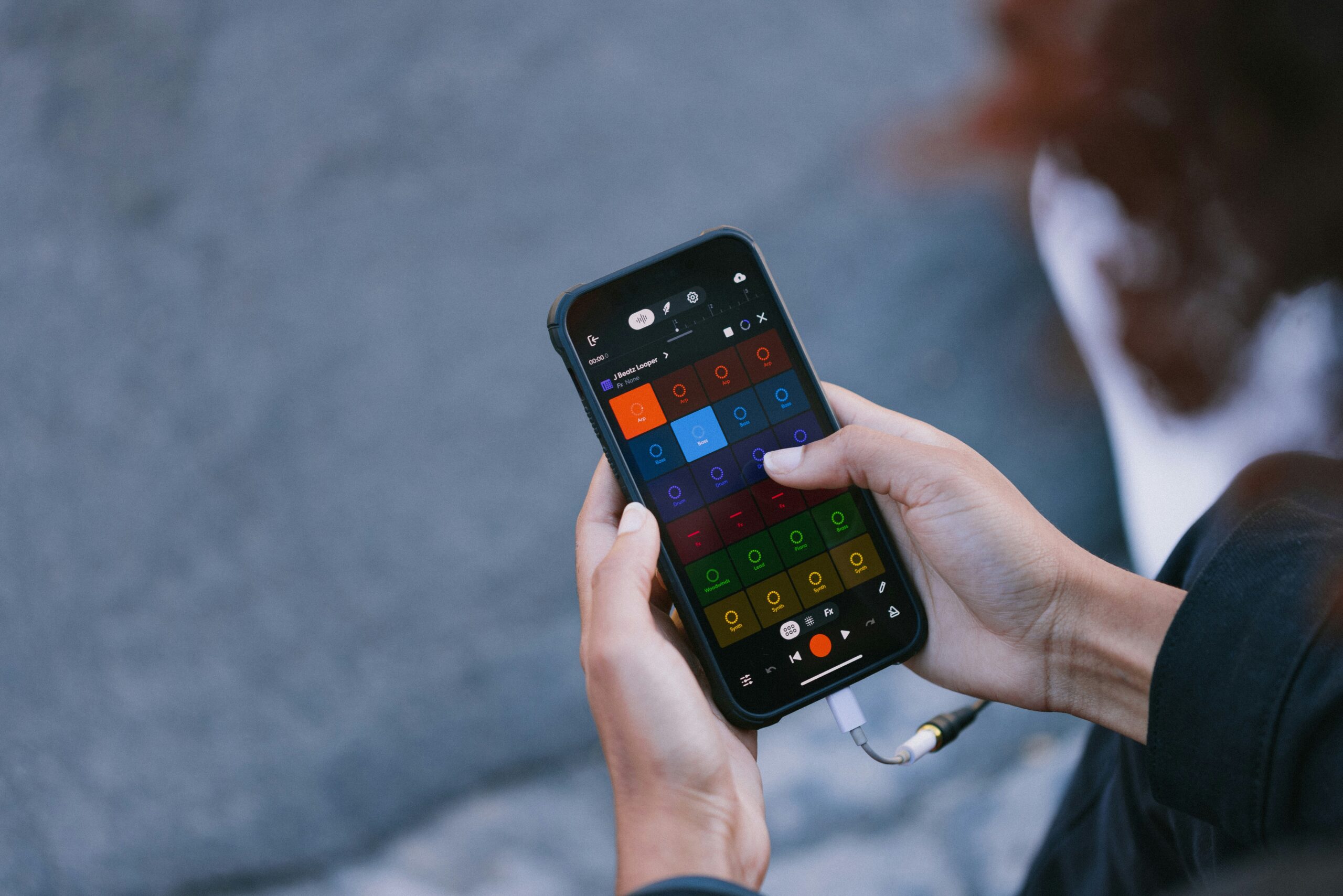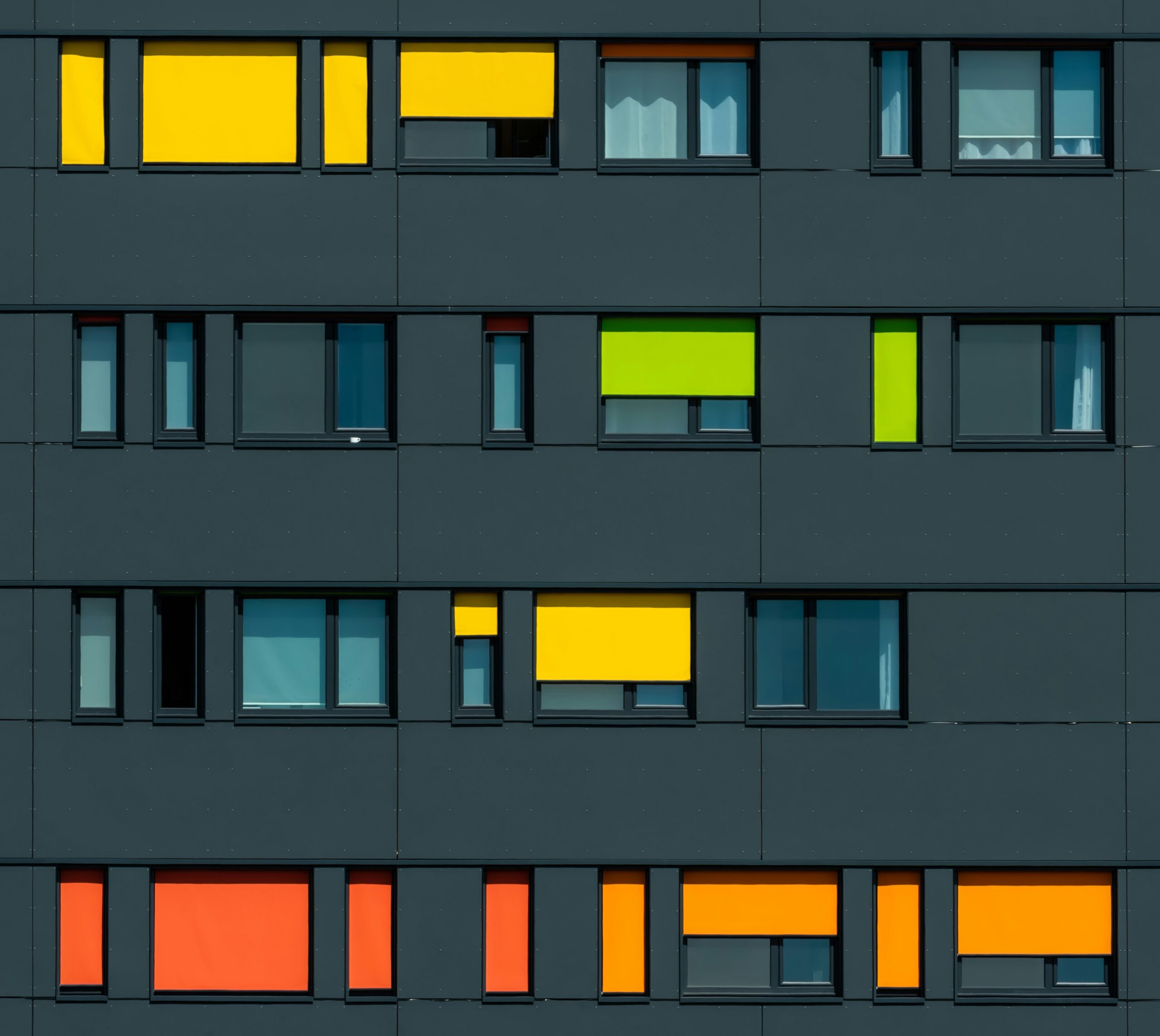Ever stared at your to-do list, wondering if today’s tasks will derail tomorrow’s goals? It’s a scenario all too familiar for anyone juggling work, health, and personal responsibilities. With the rising complexity of modern life, one wrong move can cascade into chaos—whether it’s missing deadlines or neglecting self-care. But here’s the silver lining: planning apps designed with future risk assessments are transforming how we stay productive while safeguarding our well-being.
In this post, you’ll discover:
- Why traditional planning methods fail us (and where they went so spectacularly wrong).
- A foolproof guide to using apps for smarter future risk assessments.
- Tips on balancing productivity with mental wellness through technology.
- Real-life examples that prove these strategies actually work.
Table of Contents
- Key Takeaways
- The Chaos of Modern Life—and Why Planning Apps Are the Answer
- Step-by-Step Guide: Setting Up Your App for Future Risk Assessments
- Top Tips for Balancing Productivity and Wellness
- Success Stories: Real People, Real Results
- Frequently Asked Questions
- Conclusion: Embrace the Power of Strategic Planning
⚡ Key Takeaways
- Planning apps aren’t just tools—they’re game changers for predicting and mitigating risks in daily life.
- Future risk assessments help prioritize tasks based on potential impact—not just urgency.
- Balanced productivity means carving out time for rest, reflection, and wellness alongside work commitments.
- Using an app like Notion or Trello can streamline both professional projects and personal growth plans.
🧐 The Chaos of Modern Life—and Why Planning Apps Are the Answer
Life moves fast. Like, “trying-to-juggle-flaming-swords-fast.” And if you’ve ever found yourself stuck between sending an email before noon or skipping lunch because your calendar exploded (again), welcome to the club. Traditional planners had their charm—a crisp notebook, a fresh pen—but let me tell you, I once trusted my Moleskine to save me from burnout. Spoiler alert: it didn’t.
The problem with analog tools isn’t nostalgia—it’s inefficiency. You can scribble until your wrist cramps, but without automation, reminders, and integrated systems, things slip through the cracks faster than avocado toast trends. This is where planning apps swoop in like cape-wearing superheroes. They combine cutting-edge tech with human-centric design, helping users not only organize today but anticipate tomorrow.

A sleek interface makes managing chaos feel almost… zen-like.
Incorporating future risk assessments into these apps elevates them from handy tools to indispensable allies. Imagine seeing every decision as a fork in the road, each path mapped out with its potential outcomes. That’s power.
🛠️ Step-by-Step Guide: Setting Up Your App for Future Risk Assessments
Ready to harness this magic? Let’s roll up our sleeves and dive into setting up your very own digital crystal ball:
1. Choose the Right Tool
Optimist You: *“Oh, there are tons of great options!”*
Grumpy You: *“Ugh, fine—but only if coffee’s involved.”*
Seriously though, pick wisely. Some standout contenders include:
- Notion: For integrators who crave customization (and yes, caffeine).
- Trello: Perfect for visual thinkers who love Kanban boards.
- ClickUp: Ideal for overachievers drowning in tabs (raise your hand if guilty).
2. Map Out Potential Risks
Start by identifying recurring stressors or bottlenecks.
Example:
– Risk: Forgetting deadlines.
– Impact: Missed opportunities, lost revenue.
– Solution: Automate reminders three days ahead of due dates.
3. Prioritize Tasks Using Weighted Scoring
Assign values to urgency, importance, and long-term benefits. Apps like Todoist allow weighted scoring; use it religiously!
4. Set Boundaries Around Screen Time
Now, here’s the terrible tip I promised: *Use your app for everything.* Don’t do that. Seriously. Overusing tools backfires—you’ll end up feeling more overwhelmed than organized. Limit app usage to high-priority tasks.
📊 Top Tips for Balancing Productivity and Wellness
You know what sounds like nails on a chalkboard? “Hustle culture.” Yeah, enough already. Here’s how to crush goals without crushing your soul:
1. Schedule Downtime Like It’s Sacred
Add buffer zones to prevent burnout:
- Morning yoga sessions.
- Daily walks during lunch.
- Evening reflections.
2. Use Color-Coding Hack
Sync colors with moods:
- Blue = Chill zone (meditation).
- Green = Go-getter mode (work sprints).
- Red = Rest hard (no meetings allowed).

Bright hues make priorities pop—and keep your sanity intact.
🌟 Success Stories: Real People, Real Results
Meet Sarah. A graphic designer turned entrepreneur whose chaotic workflow was eating her alive. After switching to ClickUp for future risk assessments, she eliminated last-minute scrambles entirely. Result? Her income doubled within six months, and her therapist bills halved. Coincidence? Maybe. Correlation? Definitely.
🤔 Frequently Asked Questions
Do I Really Need an App Just for Risk Assessments?
Nah, you could probably wing it—but why would you? Automation saves energy better spent elsewhere.
Can These Tools Replace Human Intuition?
Nope. Think of them as sidekicks rather than replacements. They amplify your judgment, not replace it.
🚀 Conclusion: Embrace the Power of Strategic Planning
We live in unpredictable times—but also incredibly innovative ones. By leveraging planning apps tailored for future risk assessments, you gain clarity amid chaos. Remember, balance is key: protect your well-being first, then conquer your to-do list.
And hey, life might still throw curveballs now and then. But armed with the right tools (and maybe some decent coffee), you’ll dodge those pitches like a pro.
(P.S. Like a Tamagotchi, your productivity needs daily care.)


